Exploring ION – – Owyhee Three Forks
There are many places in the Owyhee Plateau where rivers cut deep canyons through the old sea beds and lava flows. Looked at on a relief map, the river canyons are intensely appealing, great gouges in the otherwise near-featureless map-scape. Perhaps the most popular (and accessible) of these is Three Forks, and of course we just had to see it.
[NOTE: As with all my recent posts, all the photos can be clicked for a full-size (HD) view.]
The shortest route down into that part of the back country is also one of the rougher sections, so we chose to go to the Three Forks via a better road, which starts out of Jordan Valley. In fact, this is a darn nice road, the first five miles is paved, and almost all of the rest of it is wide graded dirt road with (at this time) very little washboard.
Beyond the paved section, and past the occasional ranches, the Plateau spreads out in impressive vastness. There are no structures, few roads, fewer fences, and a distinct empty, wild feeling. In some ways, it’s even a little ominous, because a breakdown out there could be nearly life-threatening. As always, we carried spare water, gas, tools, clothing and food, and of course our trusty satellite communicator/tracker.
Some of the very sparse signage was occasionally useful – – other times, not so much (unless your name is Jim).
I used to think that only California hunters were the kind of butt-heads that would shoot up road signs, but after traveling all over the West, it’s clear that no particular State holds the monopoly on irresponsible gun owners. (Come on folks, grow up please.)
But “holey” signs notwithstanding, we managed with little trouble to find our way all 39 miles out to Three Forks, largely by simply following the most-developed roads. [See my comments about maps, roads, and accuracy at the end of this post, for more thoughts on traveling this area.]
At the top of the last descent, the confluence spread beautifully out before us for a postcard-perfect shot.
The road down was decidedly rough and rocky, a stark change from the “highways” we had been traveling. At 3-5mph, we were very happy NOT to have spent the previous 37 miles on such tracks. At the bottom, the Owyhee River and surrounding cliffs made for more good photography.
The river was quite low, and we could easily walk or drive out onto a gravel bar. Karin took a quick wading trip while I manned the camera.
It was kind of sad to see how dry the river was. There was one section, just in front of Ralph in the picture, where the entire flow of the Owyhee River was going past a spot about 20 feet wide and max 2 feet deep. I watched the flow, and even at the restriction it was moving at only about one foot per second (less than 1mph). That calculates out to about 30 cubic feet per second, or 1800 cubic feet per minute – – not very much for a major river coursing through more than 100 miles of terrain.
We rock-crawled back up the canyon-wall road and waved goodbye to the confluence.
After leaving Three Forks, we decided to take the other (rougher) way back to camp, via US95. This route took us past the Owyhee Overlook, which was actually not as impressive as Three Forks, but still worth a stop. It wasn’t (in my opinion) a great choice for an Overlook, because the walls were sloped, and the bottom of the canyon pretty far away, blocked in part by the gradual slope. But whoever established it there didn’t ask me.
In fact, we found an even better viewpoint on a gnarly little stub road, just a bit farther north than the ‘official’ overlook site.
There, the canyon walls were so steep, I climbed up on top of Ralph to get a photo all the way to the bottom.
There’s actually a small camp site just behind Ralph. Terrific place to spend some time (as long as the wind isn’t blowing too hard).
We continued away from the canyon and headed back toward US95, taking the “Grassy Mountain Loop” route. Wandering across the broad cattle-grazing-lease steppe atop the Plateau, we were confronted with seemingly endless rolling vistas of summer-yellow grasses, clumps of sage, and almost nothing else.
Eventually, as we got closer to US95, we found a half-dozen water towers spread out over tens of square miles of landscape, each with nearby well/pump/trough installations. Each well had a power line running to it (expensive!), and a fairly new spiffy 20,000 gallon tank. We were clearly in cattle country again, albeit on 100% BLM land. The towers were marked, all BLM-fostered, and obviously for cattle but maybe incidentally also for wildlife. I couldn’t resist climbing up one of them for a lofty view.
Finally, as we rolled over the top of a rise, heading the last few miles toward US95, we were treated to a telescopic view of the Pillars of Rome formations, far in the distance (center of picture). It was a pleasant reminder of our previous exploration over there.
It was roughly a 100-mile day, and quite a fine one. We saw lots and lots of the Owyhee back country, but back at camp, when we looked at the map, we realized we had still just scratched the surface. It’s such a BIG place.
MAP ACCURACY – – Watch Out!
I have to make a point here, both to vent, and for other people’s safety: our maps have been far from perfect/accurate, and in some cases wildly mismatched to the true terrain. After 50 years of exploring the back country of western states, I’m used to the typical errors of an old road being shown, but weathered out of existence; or some given road shown a few hundred yards out of its true position, or a new road not yet mapped.
But here in the Owyhee back country, it’s a whole new ball game. Each day is simply jammed with map errors. We have six different sources of map information:
- Google Maps
- Garmin GPS
- Offline Android app Maps.me
- Offline Android app Magic Earth
- Benchmark Atlas
- BLM Owyhee map
Of all these sources, we have found areas/roads where NONE of them agreed. Different names, different locations, and wildly different road status (improved, unimproved, trail, etc.), all assaulted our abilities to plan and execute a route in the back country. For example, the Old ION Highway that goes through Arock, north of US95, is shown on all maps as a major graded dirt road. In fact, it’s rough as a corn cob, very narrow, and only suitable for high-clearance 4WD.
On our trip past Three Forks, we ended up following the well-graded roads; the maps were constantly showing us routes/roads that simply did not exist, or were so diminutive and rough as to be unusable.
Overall caveat: be extremely vigilant, and suspicious, when traveling in this back country. Double and triple-check your positions and directions. Carry plenty of spare fuel, for you may have to back-track your entire route. Navigating is much more a creative art here than in better-documented areas.
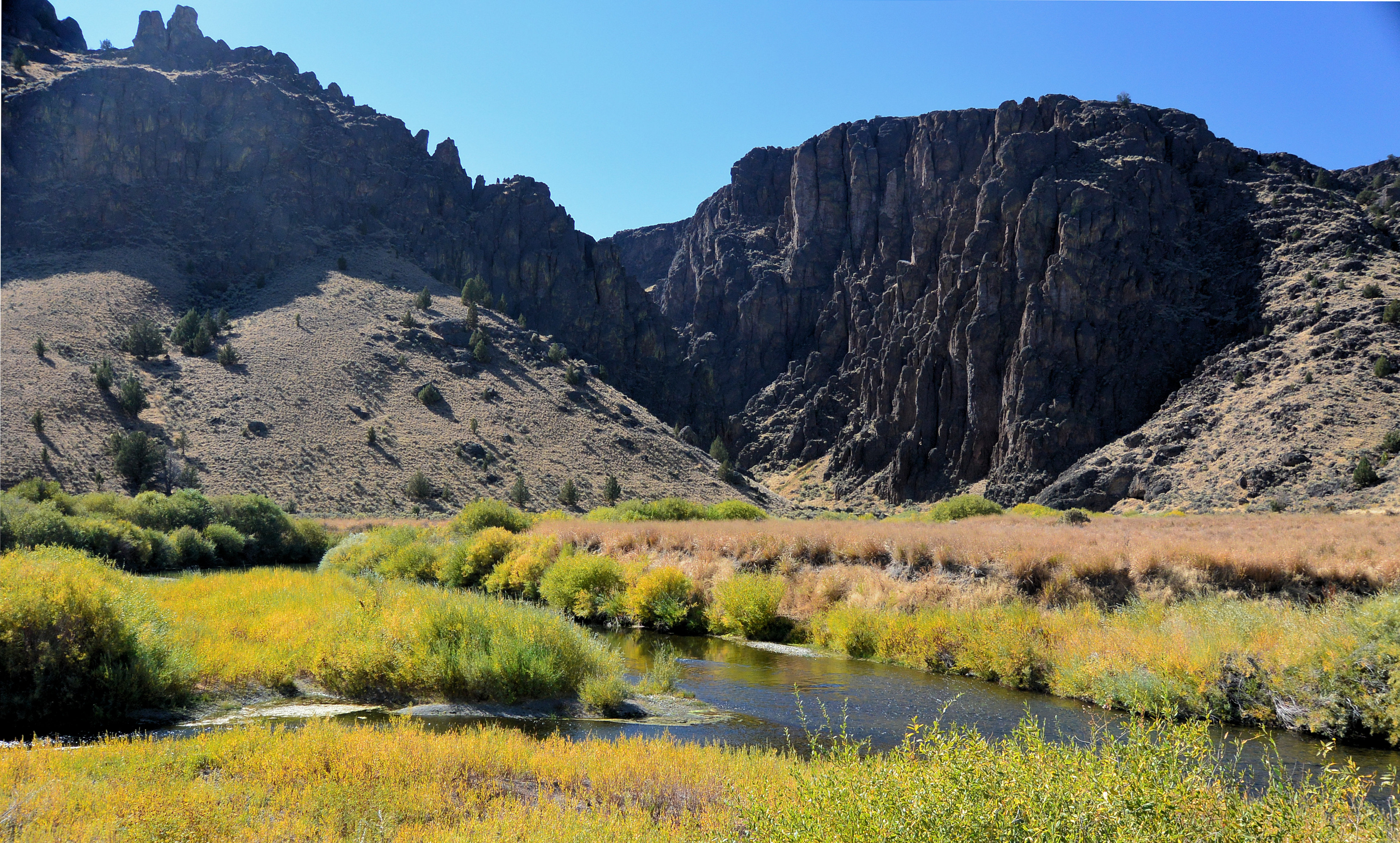
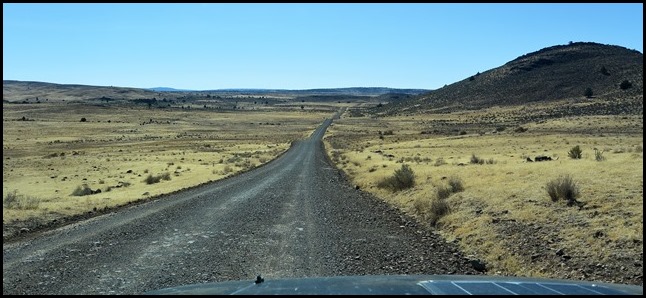
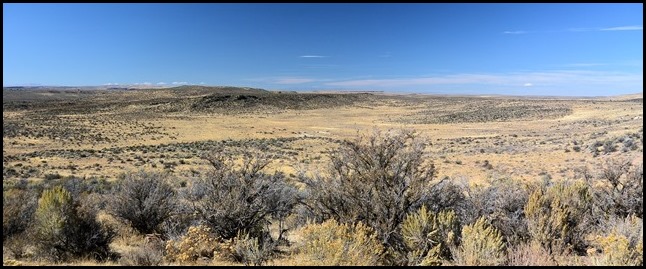
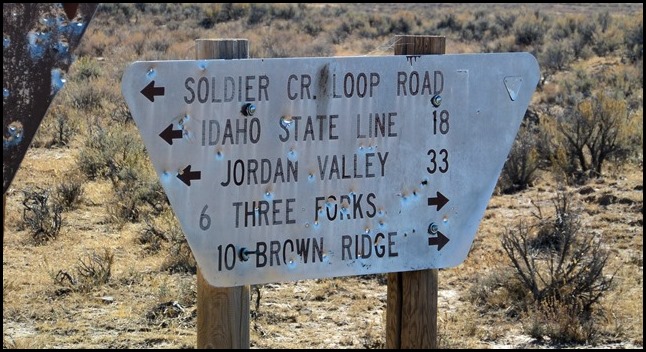
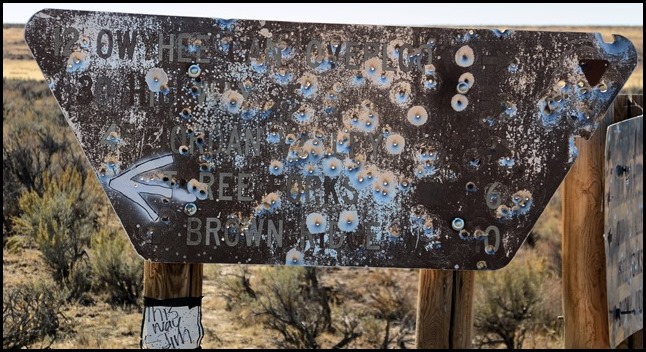
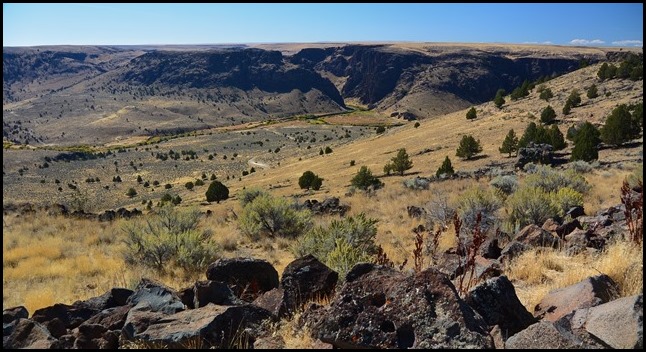
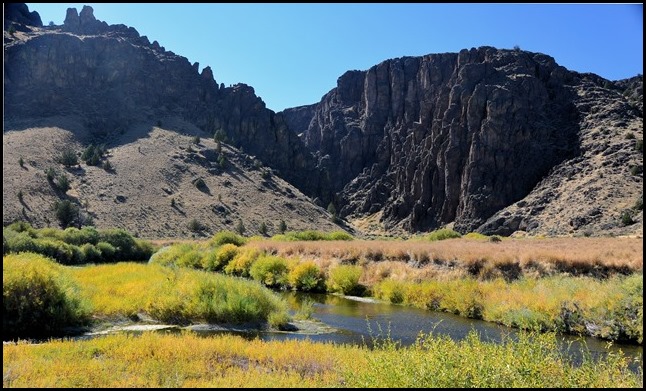
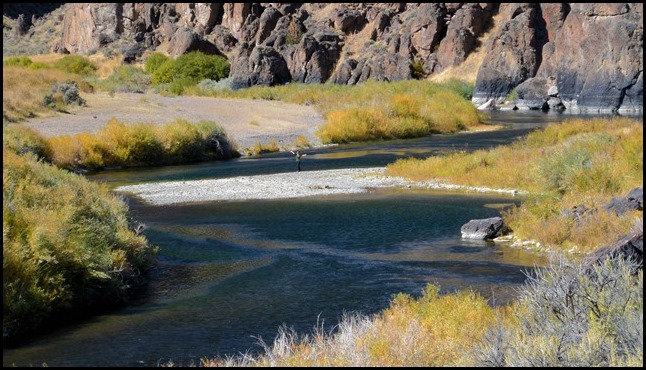
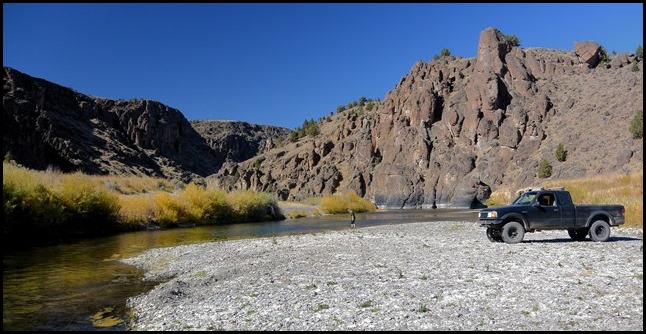
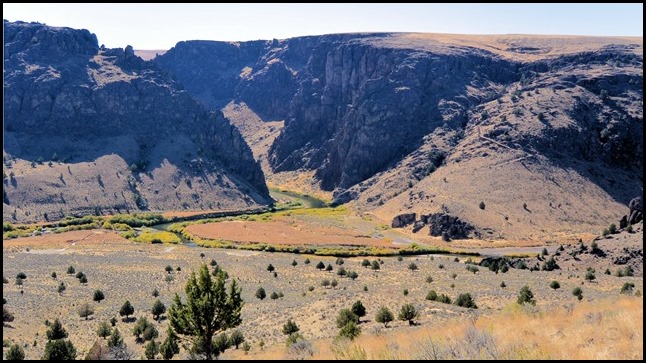
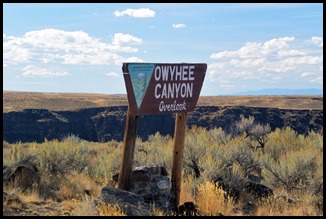
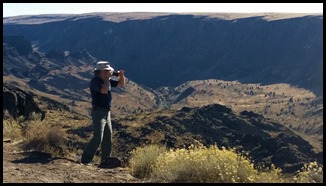
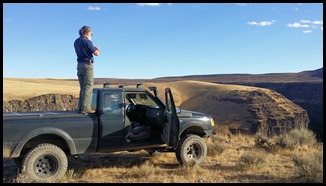
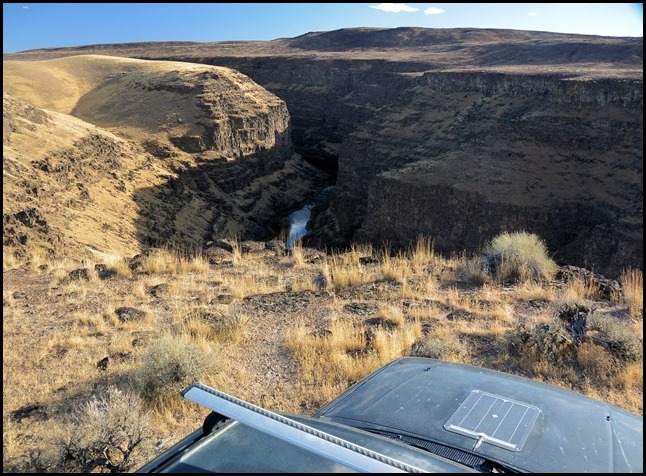
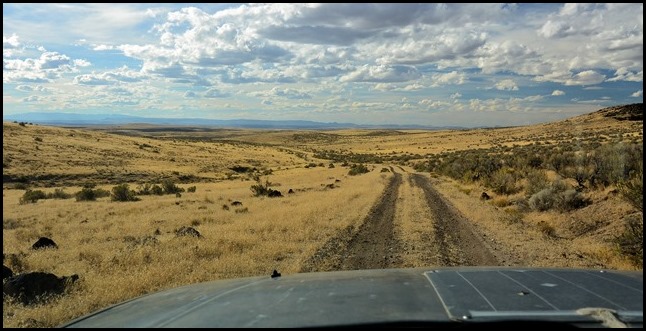
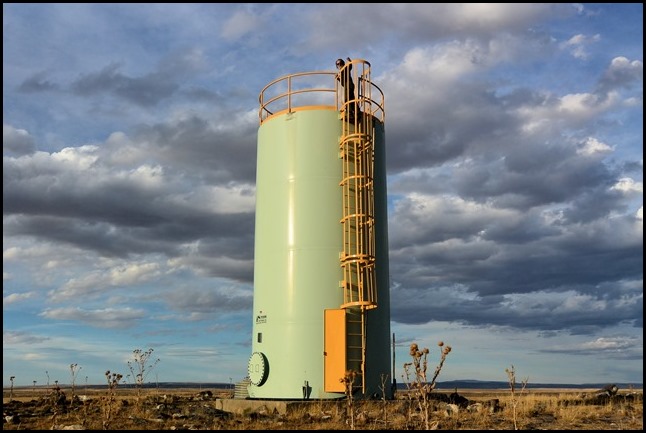
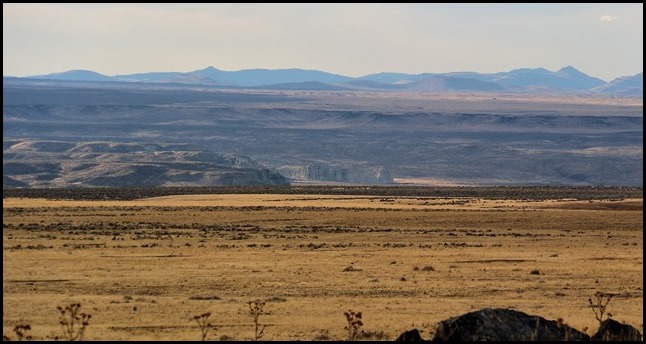
Have you tried the maps you can download from the Delorme InTouch onto your iPad or phone? The iPad or phone they becomes, via Bluetooth, your bif color screen GPS.
It”s pretty awesome.
Will,
I think I’m using what you describe – – my Android phone has Earthmate, which downloads Delorme maps. Yes, they are pretty accurate, but we still use a variety of sources to get all available information. Then we juggle the info, then we make a decision, and then we take our chances. You’re right, extemporaneous experiences are sometimes the best. And occasionally they’re at the other end of the spectrum, too, like the time we spent crawling out through an un-forecast snowstorm after we lost our generator AND alternator charging systems. But that’s another story :o)
Have you tried the various maps you can download from Delorme InTouch onto your iPad or phone?
The Google Earth overlays were right on when we kayaked 55 miles on Lake Powell this spring. Granted, Lake Powell isn’t like a back road.
Speaking from Baja dirt road experience, some of our greatest adventures were when we got lost!
Love your ION reports.